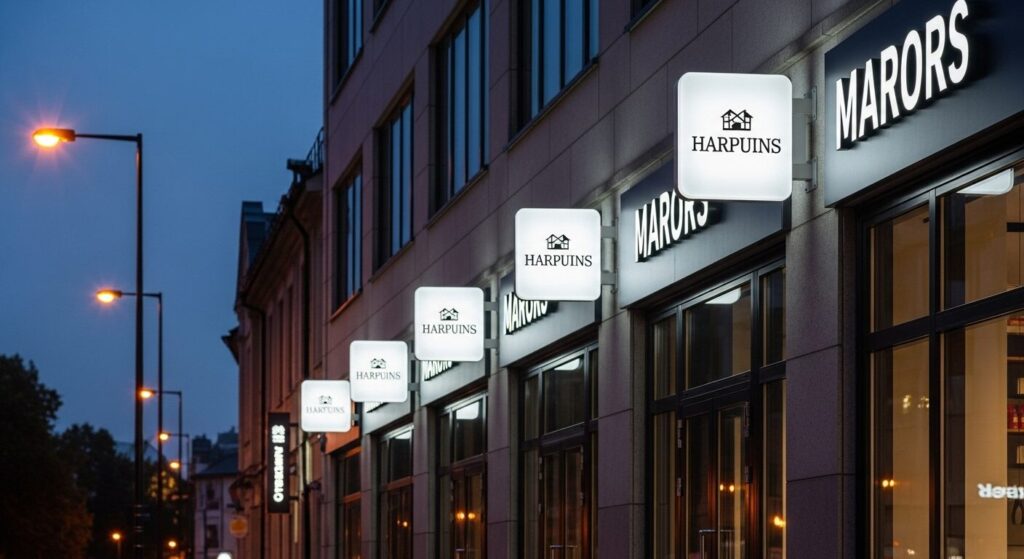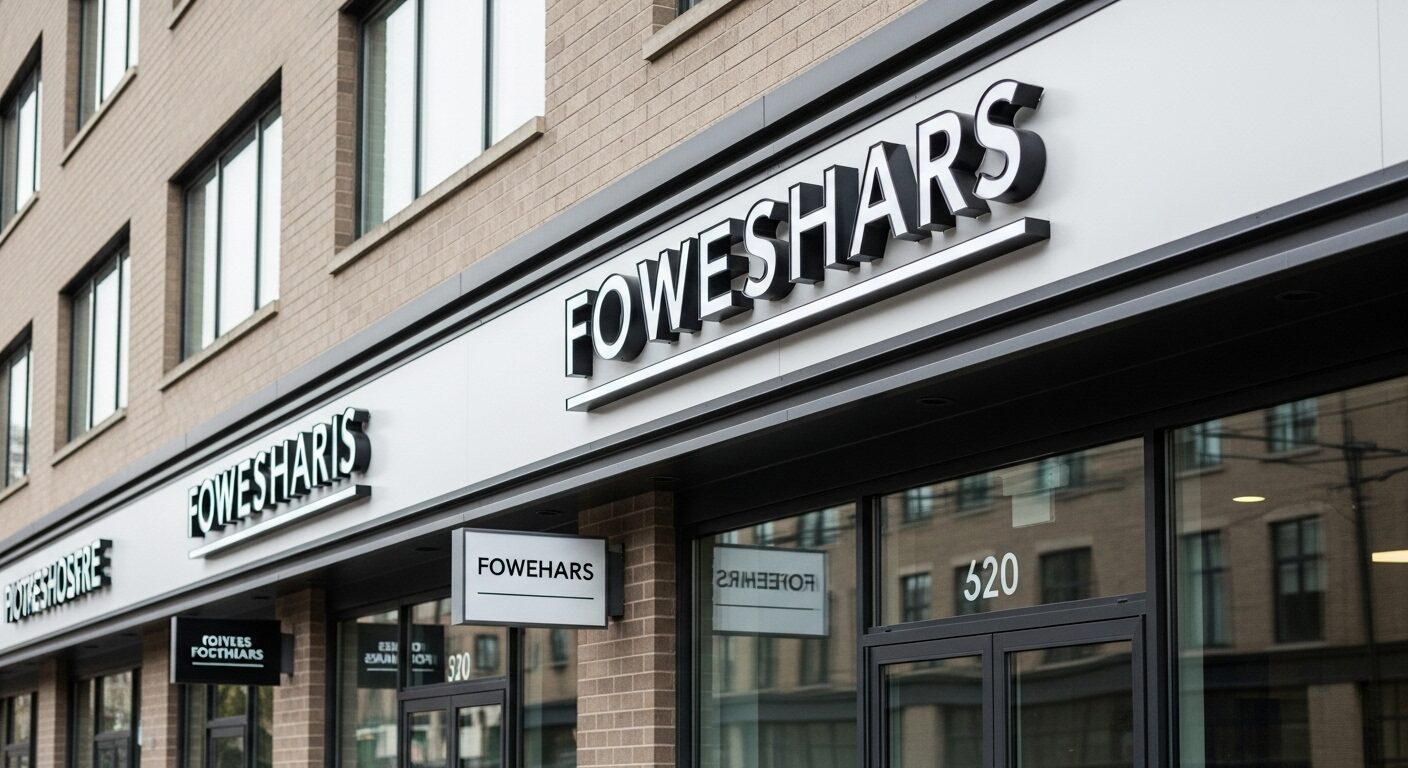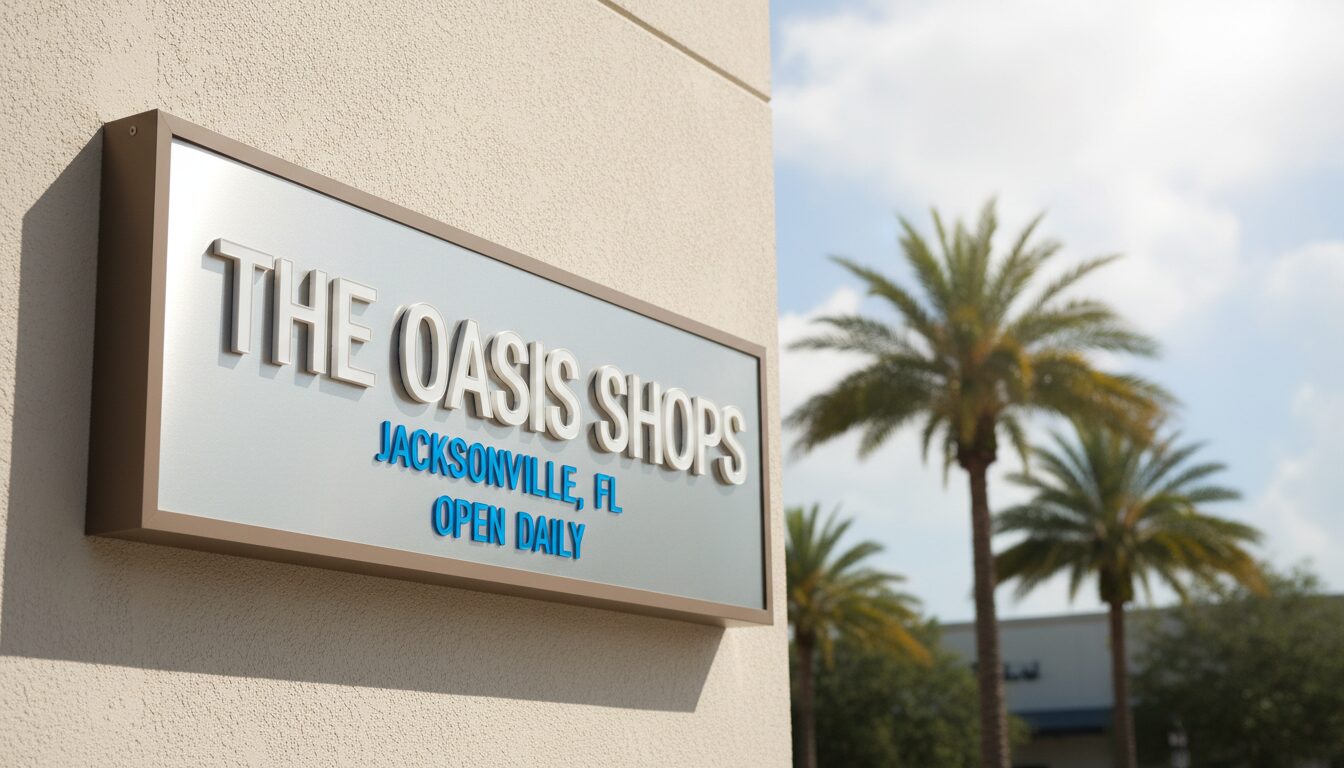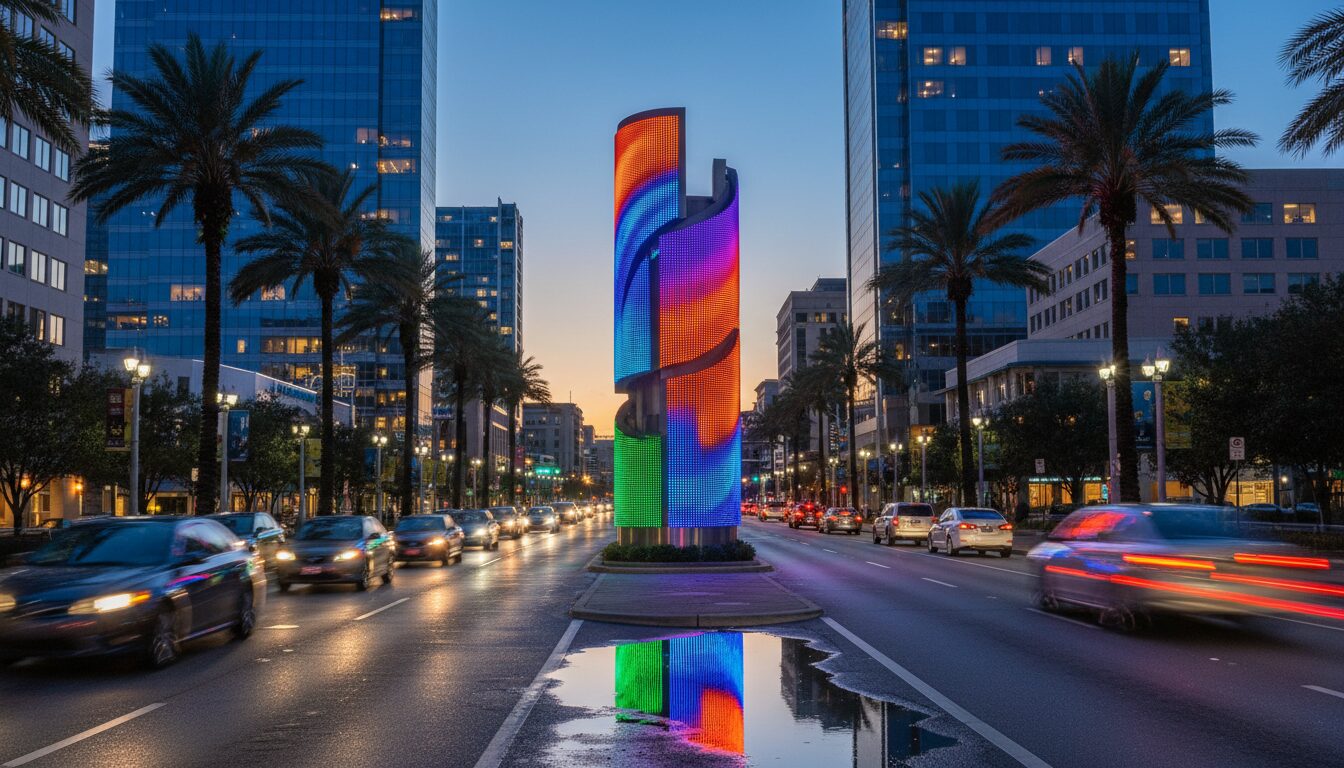Your storefront sign serves as the first point of contact between your Jacksonville business and potential customers. In a city where commercial districts feature dozens of competing businesses within a single block, sign visibility and condition directly impact foot traffic and revenue.
Many business owners notice sign problems only after experiencing unexplained drops in customer visits or calls. A damaged, faded, or poorly positioned sign communicates neglect and unprofessionalism, regardless of the quality of products or services inside.
This guide outlines five essential inspections every Jacksonville business owner should perform regularly. These checks, developed from years of commercial signage experience, help identify problems before they cost you customers. SignLab JAX has observed these issues across hundreds of local businesses, and addressing them consistently improves customer attraction and retention.
1. Visibility Assessment: Can Your Sign Be Seen When It Matters?

Position yourself at the distance most customers first notice your business – typically where they would begin looking for parking or deciding whether to enter. Walk or drive past at normal speed and note whether your sign stands out clearly against surrounding visual elements.
Key Visibility Factors:
- Clear sight lines from primary traffic directions
- Adequate contrast against building facade and sky
- Appropriate size for viewing distance
- Minimal obstruction from vegetation, vehicles, or other signs
Jacksonville-Specific Considerations: Florida’s intense sunlight can wash out certain color combinations that appear vibrant in shade. Afternoon thunderstorms create temporary visibility challenges, while Spanish moss and rapid plant growth frequently obstruct signs throughout the year.
Action Items: Document viewing angles where your sign becomes difficult to read. Note seasonal changes in vegetation that might affect visibility. Consider whether current lighting adequately illuminates your sign during evening business hours.
2. Readability Evaluation: Message Clarity Under Real Conditions
Test your sign’s readability by having unfamiliar people attempt to identify your business name and services while moving at normal pedestrian or driving speeds. Time how long it takes them to process the complete message.
Readability Elements:
- Font size appropriate for intended viewing distance
- Sufficient contrast between text and background
- Logical information hierarchy (business name, then service type)
- Minimal text that can be processed quickly
Common Readability Problems: Decorative fonts that sacrifice clarity for style, too much information competing for attention, poor color choices that reduce contrast, and inconsistent letter spacing that slows reading speed.
Testing Method: Ask employees, customers, or neighbors to read your sign from various distances and lighting conditions. Note any hesitation, squinting, or requests for clarification. These reactions indicate potential customers might miss or dismiss your business entirely.
3. Lighting Inspection: Maintaining Evening Visibility

Examine your sign lighting during actual business hours when customers would be making decisions to visit. Check for burned-out bulbs, uneven illumination, or shadows that obscure critical information.
Lighting Assessment Points:
- Even distribution across all text and graphics
- Appropriate brightness that doesn’t create glare
- Functional timers or sensors for consistent operation
- Weather-tight connections and fixtures
Florida Climate Considerations: High humidity and salt air from coastal areas can accelerate electrical component deterioration. Frequent afternoon storms test fixture seals and mounting stability. UV exposure degrades plastic covers and affects LED color temperature over time.
Maintenance Schedule: Monthly visual inspections can identify failing components before complete failure. Annual professional cleaning and electrical checks extend system life and maintain optimal performance.
4. Weather Damage Review: Protecting Your Investment
Florida’s climate challenges – intense UV radiation, heavy rainfall, high winds, and persistent humidity – continuously test signage materials and mounting systems. Regular damage assessment prevents minor issues from becoming major repairs or customer deterrents.
Inspection Checklist:
- Fading, peeling, or cracking graphics
- Rust or corrosion on metal components
- Loose or damaged mounting hardware
- Water infiltration around seals and joints
- Insect or animal damage to lighting systems
Material Degradation Patterns: UV exposure typically affects south-facing surfaces first, creating uneven fading. Water damage often begins at mounting points and spreads along seams. High winds stress mounting systems and can create micro-fractures that worsen over time.
Professional Assessment Value: Experienced sign technicians can identify early-stage problems that appear minor but indicate more serious underlying issues. Addressing these proactively costs significantly less than emergency repairs or complete replacement.
5. Competitive Context Analysis: Standing Out Appropriately
Survey all signage visible from your business location, including neighboring storefronts, street signs, and temporary promotional displays. Evaluate whether your sign commands appropriate attention without appearing excessive or unprofessional.
Context Evaluation:
- Size relationship to neighboring signs
- Color coordination or deliberate contrast with surroundings
- Style consistency with neighborhood character
- Appropriate visual weight for your business type
Differentiation Strategies: Unique mounting approaches, distinctive color combinations, creative use of materials, or strategic lighting can create distinction without violating local aesthetic standards or sign codes.
Market Position Reflection: Your sign should accurately represent your business positioning – premium services warrant higher-quality signage materials and execution, while budget-focused businesses benefit from clean, simple approaches that emphasize value and accessibility.
Conclusion
Regular storefront sign evaluation protects your marketing investment while maintaining professional appearance that attracts customers consistently. These five inspections – visibility, readability, lighting, weather condition, and competitive positioning – address the most common factors that determine signage effectiveness.
Well-maintained signage functions as continuous marketing, working every hour your business operates and beyond. In Jacksonville’s competitive commercial environment, businesses with professional, properly maintained signs typically experience more consistent customer traffic and easier brand recognition.
Professional signage consultation can identify improvement opportunities you might miss while providing access to materials and techniques specifically designed for Florida’s challenging climate conditions.
Ready to optimize your storefront sign performance? Contact SignLab JAX for a comprehensive evaluation and recommendations tailored to your specific business needs and location challenges.




